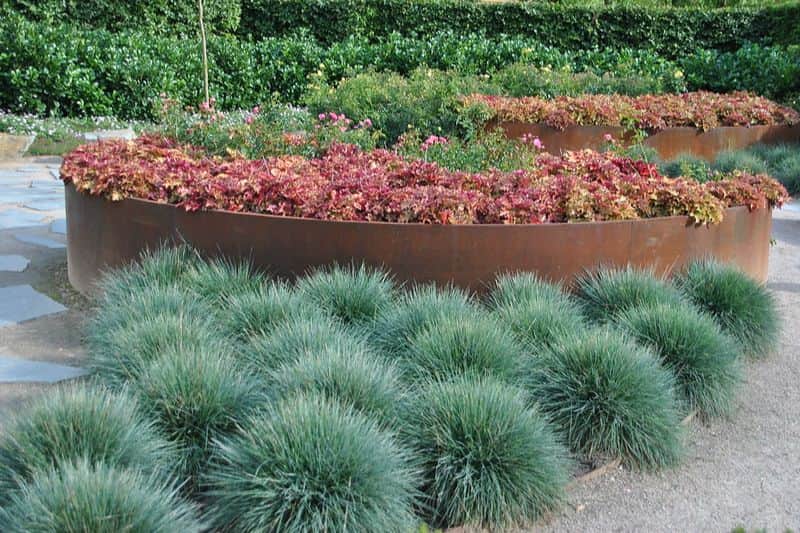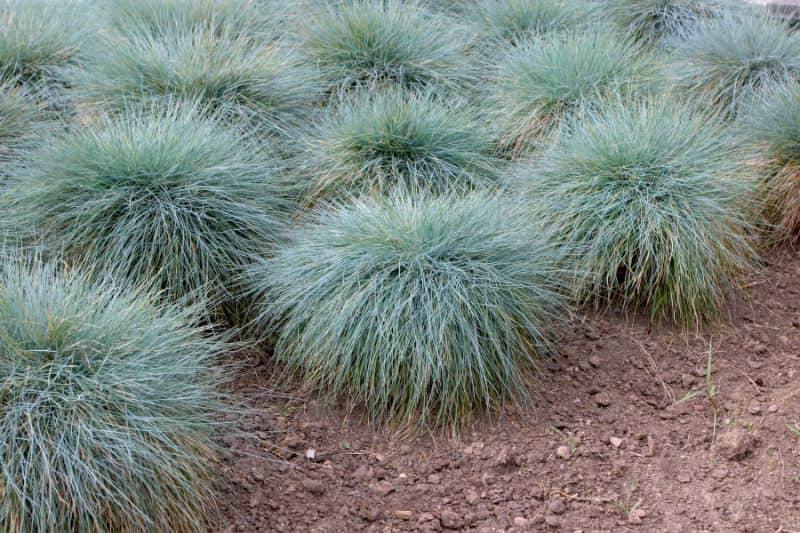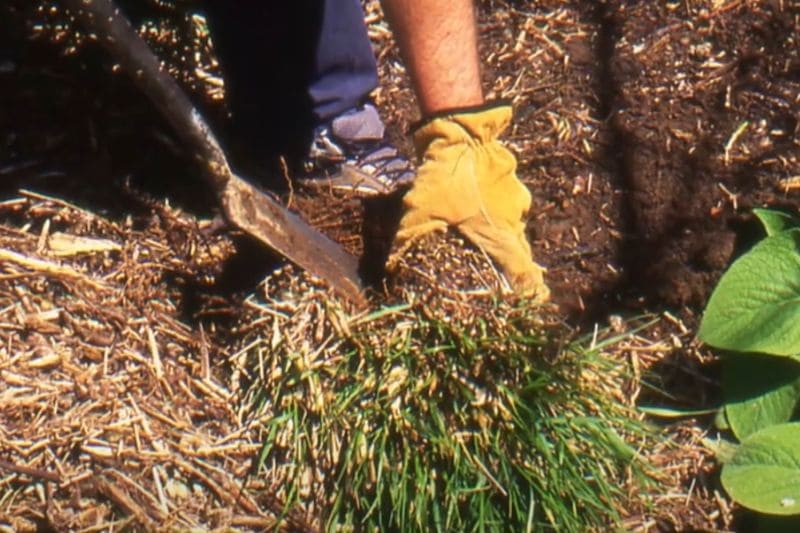Fescue, or Festuca, is a perennial grass from the Poaceae family, cherished for its fine, evergreen foliage, often tinged with green, silver, or blue, as seen in the famous blue fescue (Festuca glauca). Forming compact little clumps, this ornamental plant adapts perfectly to dry and poor garden environments.
Easy to grow, it is ideal for rockeries, flower beds, terraces, or planters. Fescue withstands wind and heat well, adapts to various climates, and proves hardy against intense cold.
So why not propagate it to expand a flower bed or share it with other gardeners? Two main methods exist: clump division, quick and effective, and sowing, albeit slower. Follow along as we explain the different techniques for propagating fescue!

Why propagate fescue?
Propagating fescue offers several advantages:
- Renewing young plants: Over time and years, the centre of the clump may thin out. Division rejuvenates the plant and maintains its compact appearance.
- Garden expansion: By dividing or sowing fescue, you’ll obtain new plants, allowing you to cover more garden area at no extra cost.
- Sharing: You can gift or exchange this grass with other gardeners.
- Low maintenance: Fescue requires little watering and resists diseases and adventives well. It’s a very easy-going plant!
When to propagate fescue?
The best time, whether for division or sowing, is in spring, during April and May, when temperatures rise and the plant resumes growth.
In autumn, division is also possible (particularly in October) before the first frosts. Sowing can also be done in September. These periods ensure good rooting before winter or summer.
Note: Division should be done approximately every three years, once the grass forms a dense clump.
Here are the signs it’s time to divide:
✔️ The centre becomes dry or sparse.
✔️ Growth becomes less vigorous.

Which method to choose for propagating your fescue?
The most common and effective technique is clump division. This method involves dividing the plant into several clumps, called "offsets," each with roots and foliage.
It’s also possible to propagate fescue by sowing, though this method takes longer to obtain well-developed plants.
How to propagate fescue by clump division?
Required materials
- A spade or garden fork: to dig up the clump without damaging the roots.
- A pruning shear or sharp knife: to cleanly cut the root ball into multiple plants.
- Gardening gloves: to protect your hands.
- A watering can: to water the young plants after replanting.
- Pots (optional): if you prefer to temporarily grow the divisions in pots before planting them in the ground.
- Draining substrate (optional): to fill the pots, use potting soil or a mix of soil, sand, and gravel to avoid waterlogging.
- Organic fertiliser (optional): compost can help improve growth and encourage establishment.
Practical steps for dividing fescue
- Prepare the ground: If you plan to replant the divisions directly in the ground, loosen the soil with a garden fork, dig a hole, and add some gravel or sand mixed with the soil to ensure good drainage and avoid excess moisture. If planting in pots, prepare them in advance by filling them with substrate.
- Water the parent plant lightly the day before the operation to ease extraction.
- Extract the plant: Using a spade, carefully dig up the clump without damaging the root system.
- Divide: With a knife or pruning shear, slice the root ball into several sections, each with healthy roots and green shoots.
- Prune: You can lightly trim the foliage to encourage establishment.
- Replant immediately each offset in a pot or well-drained soil, spacing the plants 20 to 30 cm apart.
- Water moderately to support rooting, but avoid waterlogging the soil.

How to propagate fescue by sowing?
Required materials
- Fescue seeds, purchased or harvested from existing plants.
- Light, well-draining potting soil: ideally, use a special sowing mix.
- Pots, buckets, trays (you can also sow the seeds directly in the ground).
- A watering can with a fine rose: to water the seeds gently without displacing them.
Sowing steps
- Prepare the substrate: Use light potting soil mixed with a little sand to improve drainage.
- Sow the seeds: Scatter the seeds on the substrate surface and cover them with a thin layer of potting soil. Space the seeds a few centimetres apart to avoid competition between young plants. In pots, sow 3 to 5 seeds per pot.
- Water lightly and keep the soil moist but not waterlogged.
- Monitor germination: The first shoots appear in 2 to 4 weeks, depending on temperature.
- Transplant if necessary when the plants are robust enough, then move them to a sunny spot in the ground.
How to care for fescue after propagation?
Once the new divisions are in place, here are our tips for caring for your young plants:
- Watering: Fescue requires very little water. Moderate watering in the first few weeks is sufficient; you can space it out once the plants are established.
- Fertilisation: A light application of compost in early spring stimulates growth, especially in the first year.
- Annual cleaning: In early spring, gently comb the foliage with gloves to remove dead leaves and maintain the clump’s aesthetic.
- Weeding: To avoid competition, it’s best to remove adventives regularly until the new plants develop. We also recommend laying a layer of mulch around your fescue plants to limit weed growth!
































Comments